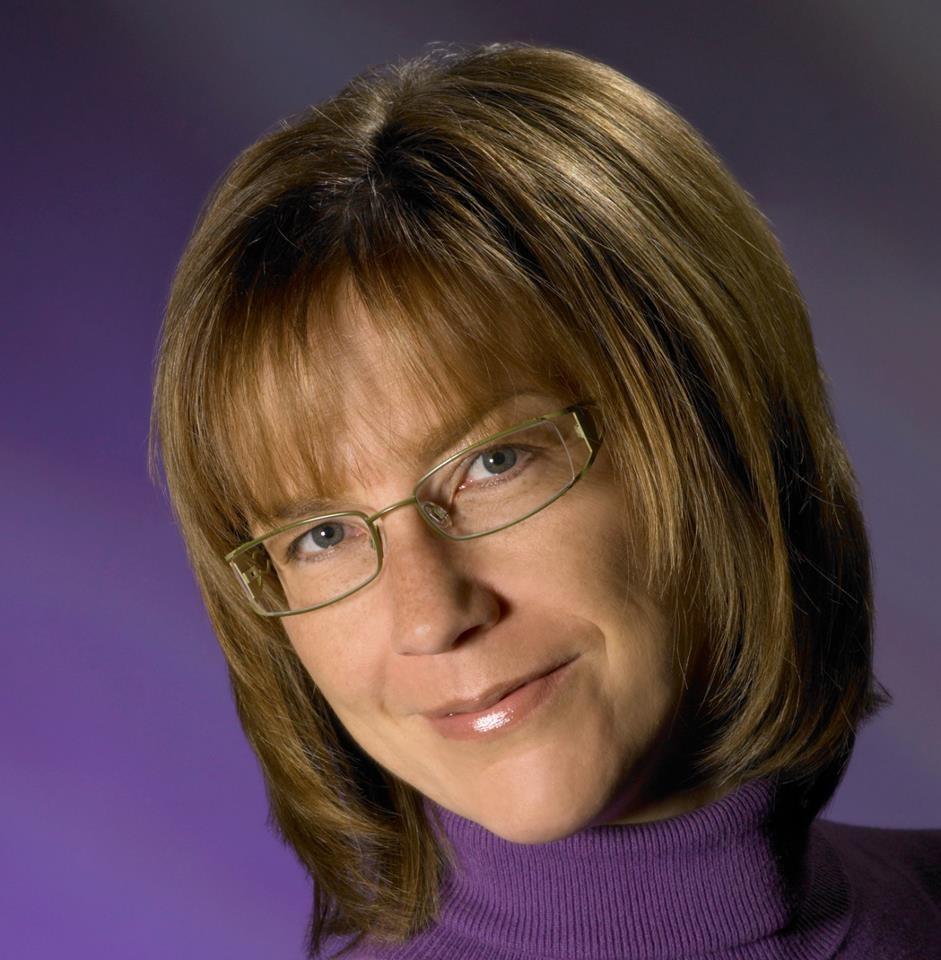“The photon-counting CT scanner is our workhorse”
In cardiac imaging, photon-counting computed tomography (CT) visualizes small coronary vessels, stents, and plaques in high resolution and helps physicians provide precise answers to guide treatment and therapy decisions.
Cardiologist and radiologist Professor Pál Maurovich-Horvat, MD1, reports on the experiences he made with the new technology.

[Figure 1] 63-year-old man with shortness of breath. The patient underwent coronary stent implantation multiple times and had 8 stents implanted in total in the left and right coronary arteries. The arrow shows a focal, severe in stent restenosis at the ostium of the LAD.)
The scanner provides high image quality in every field.
Professor Pál Maurovich-Horvat, MD, Chairman of Radiology, Semmelweis University, Budapest, Hungary

[Figure 2] 62-year-old man with atypical chest pain. The arrows indicate severe stenosis in the dominant LCx and in the proximal LAD.
1 Professor Pál Maurovich-Horvat, MD, receives financial support from Siemens Healthineers for collaborations.
2 NAEOTOM Alpha is not commercially available in all countries. Its future availability cannot be guaranteed.
- The statements by Siemens Healthineers’ customers described herein are based on results that were achieved in the customer's unique setting. Because there is no “typical” hospital or laboratory and many variables exist (e.g., hospital size, samples mix, case mix, level of IT and/or automation adoption) there can be no guarantee that other customers will achieve the same results













